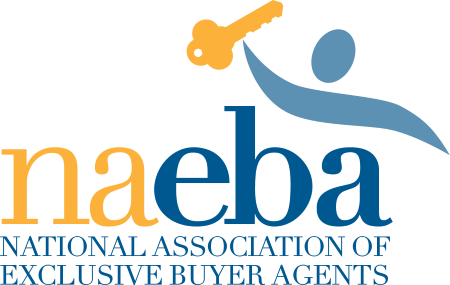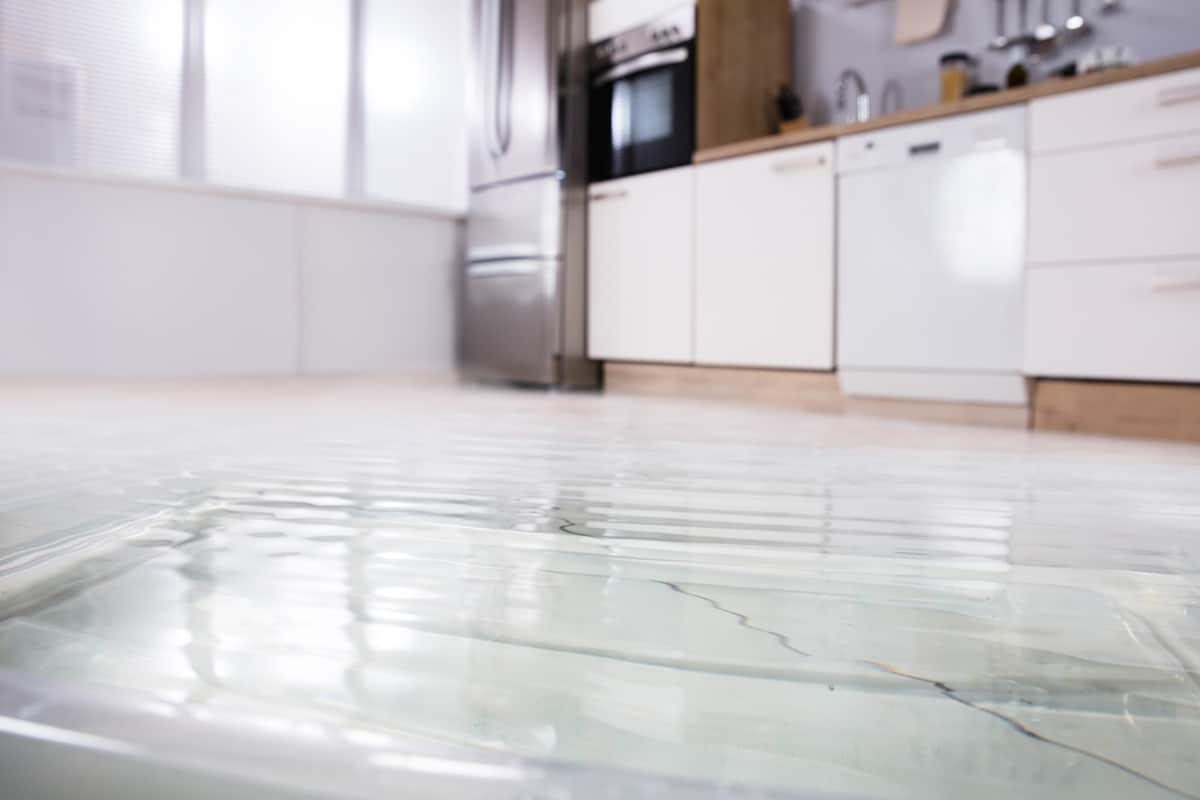There are times in the homebuying process when you feel everything is proceeding along smoothly. Then, you have your home inspection and the process hits a snag.
By trade, home inspectors are non-biased professionals; they charge the same inspection cost regardless of the outcome. Therefore, their only incentive is to provide you with a proper report so you can make a fully-informed decision.
Generally, the contract includes a contingency that allows you to terminate the deal without penalty based on a home inspection’s findings. While you may be tempted to salvage the deal, there are times when it is best to walk away.
Foundation
Typically, any issues with the foundation are very costly to fix. Essentially, if you see there is a problem in this area, it is likely advisable that you do not go ahead with your purchase.
Foundation problems go beyond a house settling. Settling occurs with almost every house, and it is common for you and the inspector to see some acceptable cracks. Generally, these are not a big deal, although it could indicate a major problem if it has settled more than it should. So, looking deeper into any visible cracks is advisable.
Water Damage
Water can wreak havoc on a home. It can come from many sources, such as the roof or basement. Water generally goes to the lowest point, so finding water damage in the basement does not necessarily mean it originated there. If you go further and discover it is coming from the basement, it can easily cost at least $10,000 to waterproof.

In a related but also serious issue, your inspection may uncover mold. While some mold on the bathroom’s ceiling might not indicate a large problem, black mold in other places, particularly the basement, indicate a major issue and present health concerns. While the owner may have corrected the water problem, they might not have remediated the mold. It is very expensive to get rid of the mold and ensure it doesn’t return.
Water and mold could indicate a much larger problems, such as a serious plumbing issues, that are extremely costly to fix.
Roof
If your inspector determines the house needs a new roof, this can cost upwards of $10,000, depending on the materials and size of the home.
If the current homeowner is willing to negotiate, you may wish to proceed since this is likely the result of normal wear and tear. Otherwise, it might be in your best interests to find another property.
Electrical/Plumbing
An outdated or faulty electrical system can present a dangerous fire hazard and requires fixing. This is typically a very involved job that can easily run into thousands of dollars.

There are some plumbing jobs, such as fixing a leaky faucet, that are easy and inexpensive to fix. This should not prevent you from proceeding with the sale. However, major plumbing issues, such as burst pipes, should give you pause.
The heating and air conditioning system is another costly area. Furnaces have a limited shelf life and replacing one can easily cost a few thousand dollars.
Termites
Termites can cause a lot of damage. In order to completely fix the problem, you must hire an exterminator and replace the wood. Then, you hope they don’t come back in another place.
Aside from termites, your home should also be free of other pest, like rodents, scorpions, and poisonous spiders.
Don’t Skip a Home Inspection
This is not an exhaustive list by any means. There are undoubtedly situations that you may encounter that you feel is a deal breaker.
Just keep a clear head and think of the potential costs in order to avoid a nightmarish scenario down the road. A NAEBA buyer agent can help you find the right inspector and analyze the results.

